In our hyperconnected world of constant notifications, traffic noise, and endless chatter, finding true quiet has become something of a luxury. The continuous background hum of modern life makes moments of genuine silence not just rare but incredibly precious.
Those seeking respite from the noise pollution of daily existence often discover that silence isn’t just the absence of sound—it’s a presence all its own. Here is a list of 14 remarkable U.S. destinations where silence reigns supreme, allowing visitors to disconnect, reset, and truly hear themselves think.
Olympic National Park, Washington

This diverse ecosystem encompasses nearly a million acres of protected wilderness spanning from the Pacific coastline to ancient rainforest to alpine meadows. Deep within the Hoh Rain Forest lies the One Square Inch of Silence, considered one of the most naturally quiet places in the continental United States.
The moss-draped trees absorb ambient sounds, creating an almost supernatural stillness broken only by the occasional call of a Roosevelt elk or the distant rush of meltwater streams.
Canyon de Chelly, Arizona
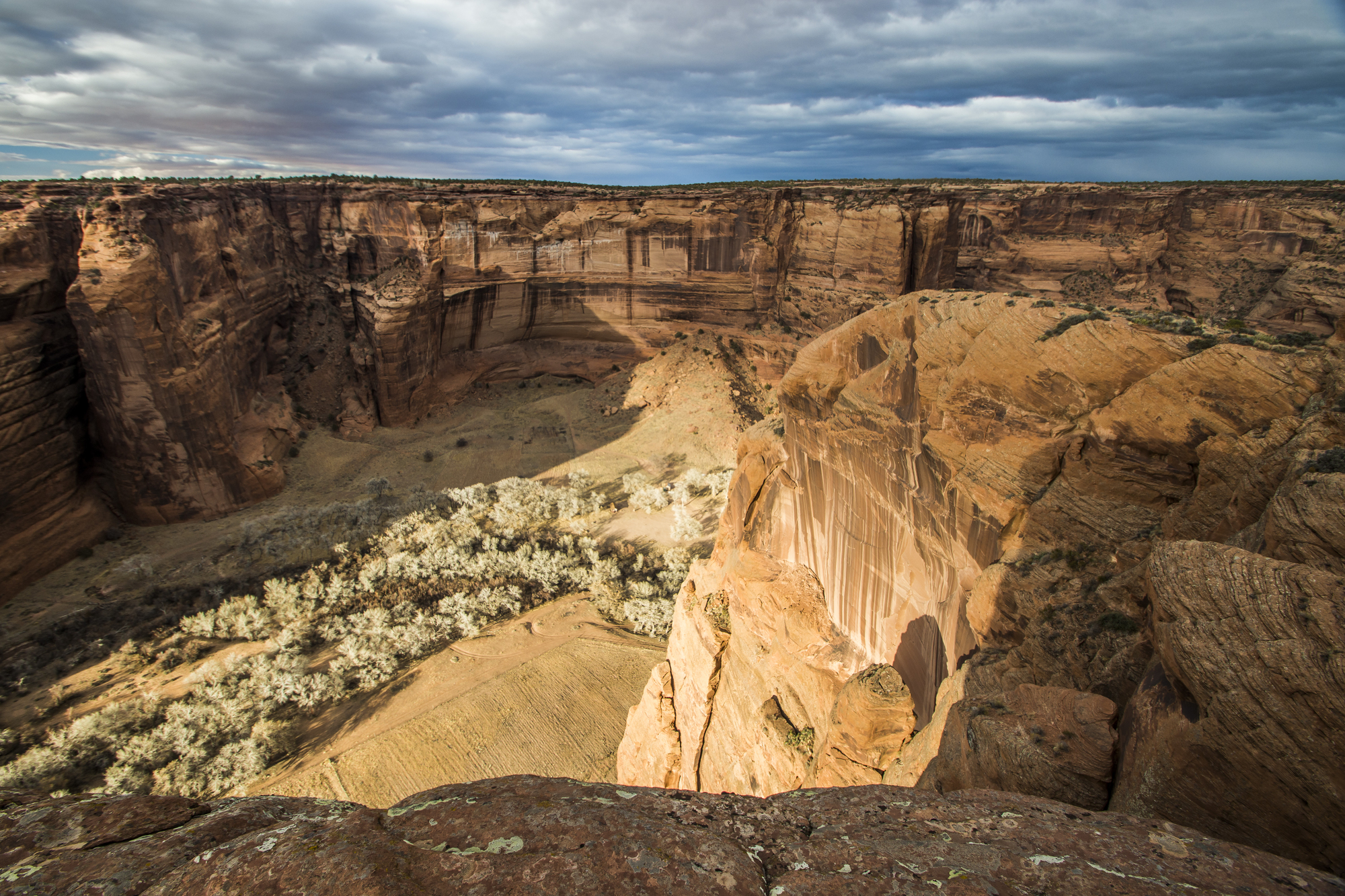
Tucked away in northeastern Arizona on Navajo land, this sacred canyon system offers profound silence that feels deeply connected to its cultural history. Ancient cliff dwellings dot the towering sandstone walls, telling silent stories of the people who lived here for thousands of years.
Visiting during the off-season rewards travelers with entire days of solitude, where the only sounds might be the soft whisper of wind through juniper trees or the gentle padding of your own footsteps on the sandy canyon floor.
Isle Royale National Park, Michigan
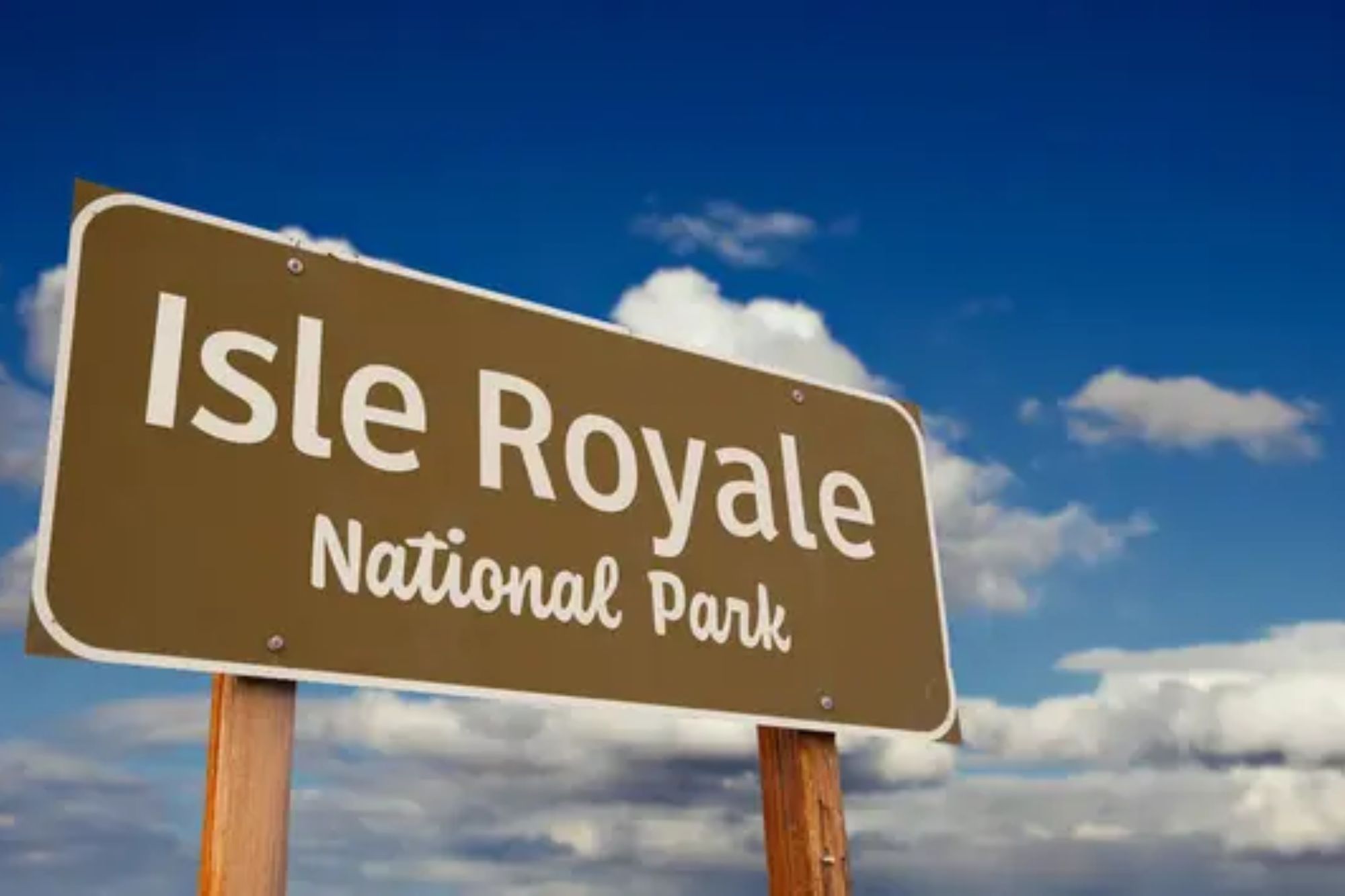
As one of America’s least-visited national parks, this remote island in Lake Superior provides extraordinary isolation from the modern world. No roads, no vehicles, and no cell service—just 45 miles of rugged wilderness accessible only by boat or seaplane.
The dense forests and rocky shorelines create natural sound barriers, and with strict visitor limits, you might go days encountering more moose than people. Nighttime brings an acoustic clarity where the lapping of lake water against the shore becomes the dominant soundtrack.
Like Travel Pug’s content? Follow us on MSN.
Boundary Waters Canoe Area, Minnesota
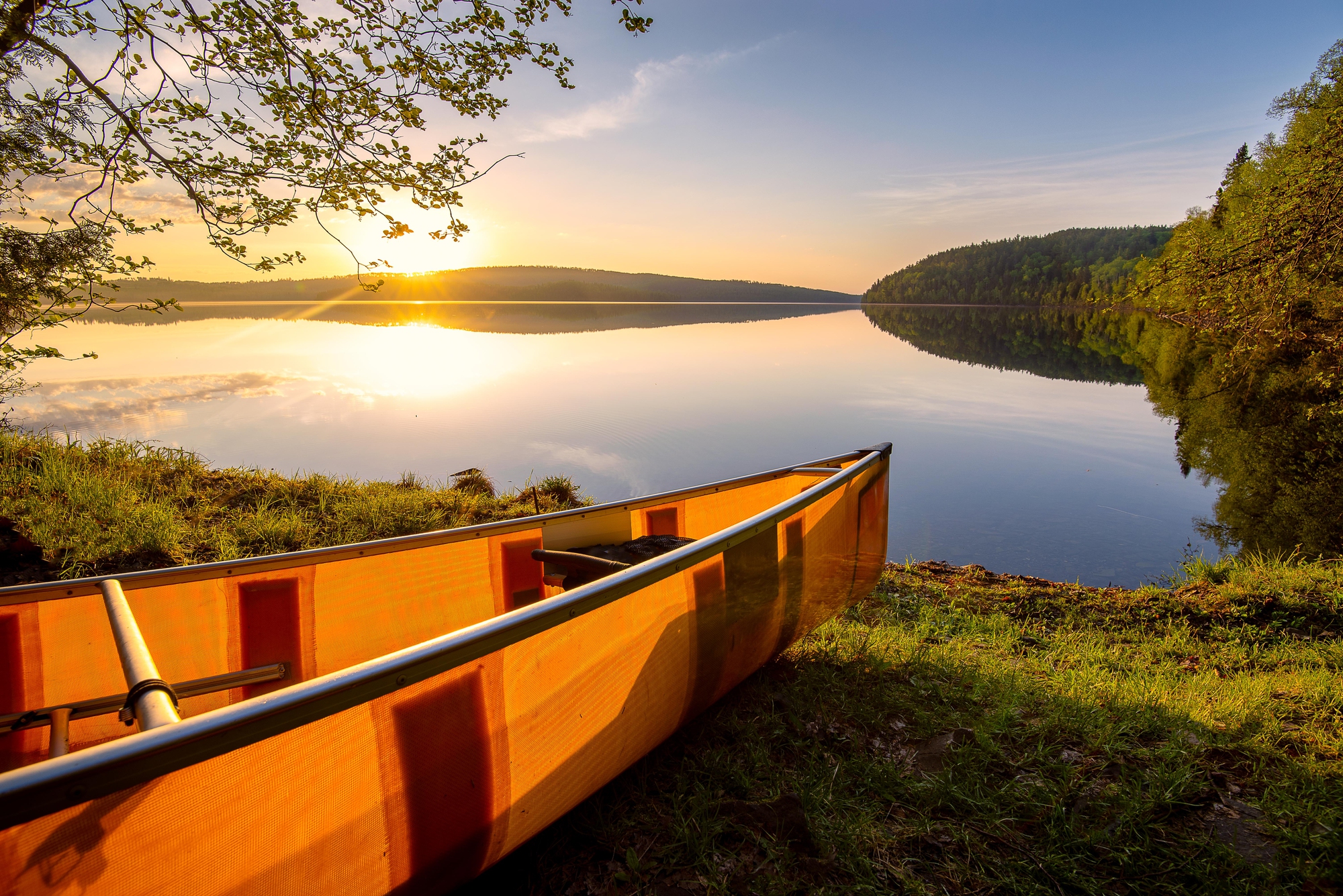
This million-acre wilderness area contains over a thousand pristine lakes connected by portage trails, creating a paddler’s paradise free from motors and machinery. After just a day of canoeing, the absence of human-made sounds becomes noticeable—no planes overhead, no distant traffic, no electrical hum.
The silence here has a particular quality that transforms with the seasons, from the hushed insulation of winter snow to the vibrant stillness of summer mornings broken only by loon calls echoing across misty waters.
Gold Butte National Monument, Nevada
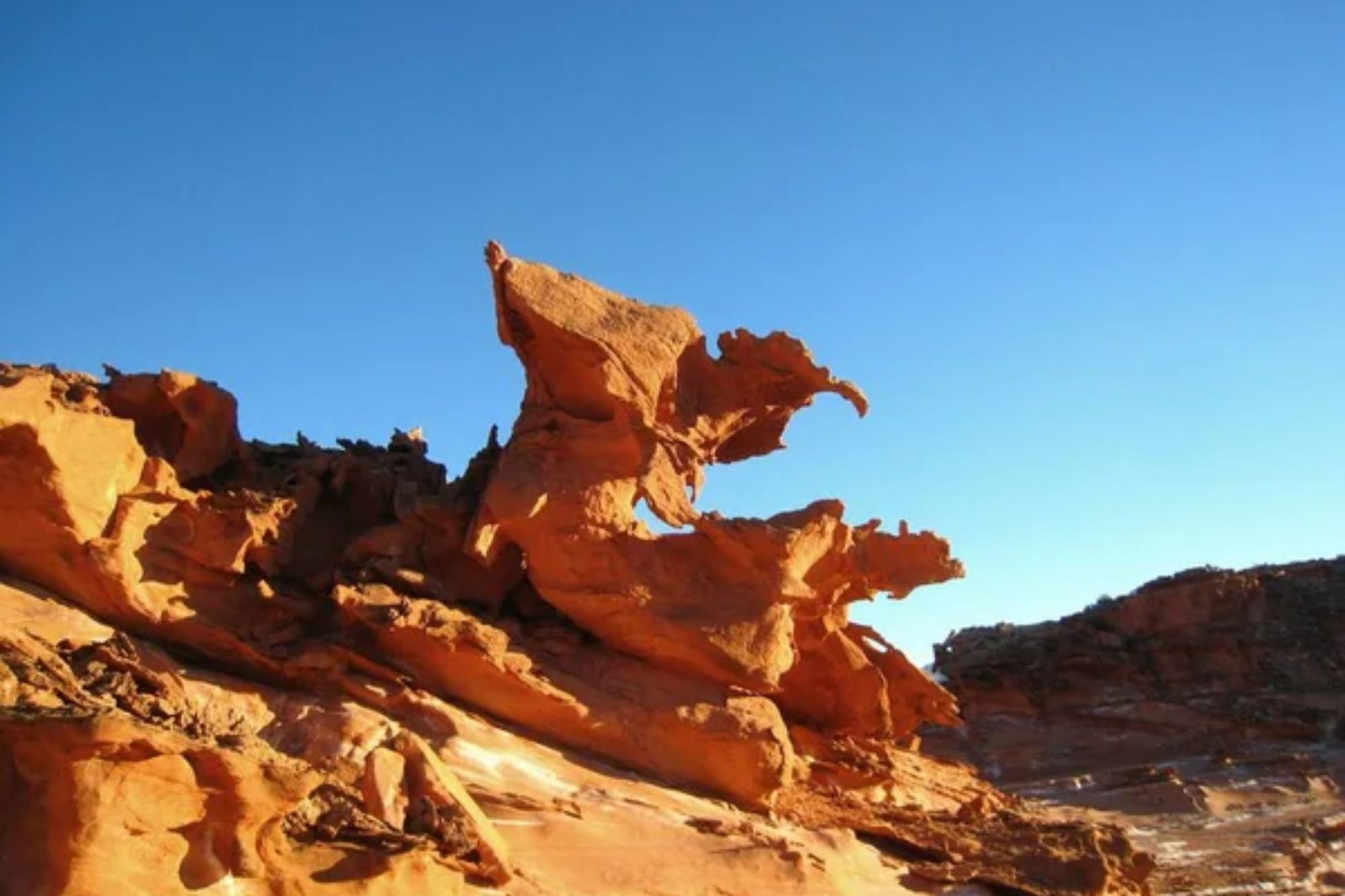
Located in Nevada’s southeastern corner, this remote desert landscape of red rock formations and Joshua tree forests sees minimal human traffic. The vast open spaces create an acoustic environment where sound travels differently, sometimes carrying for miles before dissipating into the dry air.
Nights in this high desert bring a double sensory retreat—extraordinary dark skies paired with profound silence that makes the occasional coyote howl feel like a significant event.
Cumberland Island, Georgia
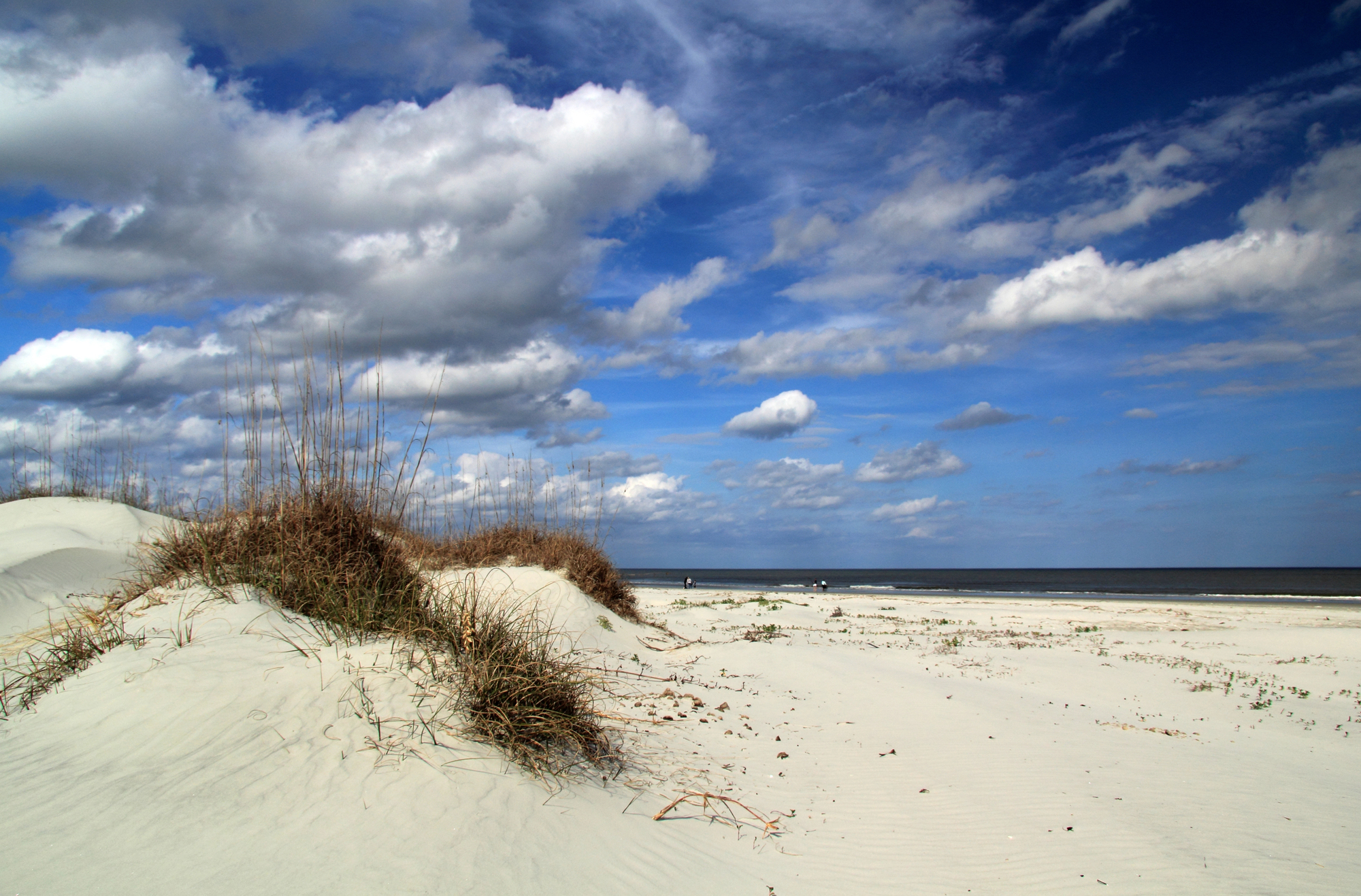
This barrier island off Georgia’s coast offers 17 miles of undeveloped beach and maritime forest accessible only by ferry. With limited overnight permits and no vehicles allowed, the island’s soundscape remains remarkably preserved.
Wild horses roam freely across salt marshes and through oak forests draped with Spanish moss. The beach provides its own variety of quiet, not complete silence, but the consistent, meditative rhythm of waves that somehow makes it easier to hear your own thoughts.
Like Travel Pug’s content? Follow us on MSN.
Green Bank, West Virginia

This tiny Appalachian town sits within the National Radio Quiet Zone, where cell phones, Wi-Fi, and even certain electronic devices are restricted to prevent interference with the nearby Green Bank Observatory. Residents live without many modern conveniences that generate electronic noise, creating one of the few places in America where both audible and electromagnetic noise are minimized.
The surrounding mountains cradle the town in a natural amphitheater of quiet that feels increasingly rare in our connected age.
Channel Islands National Park, California
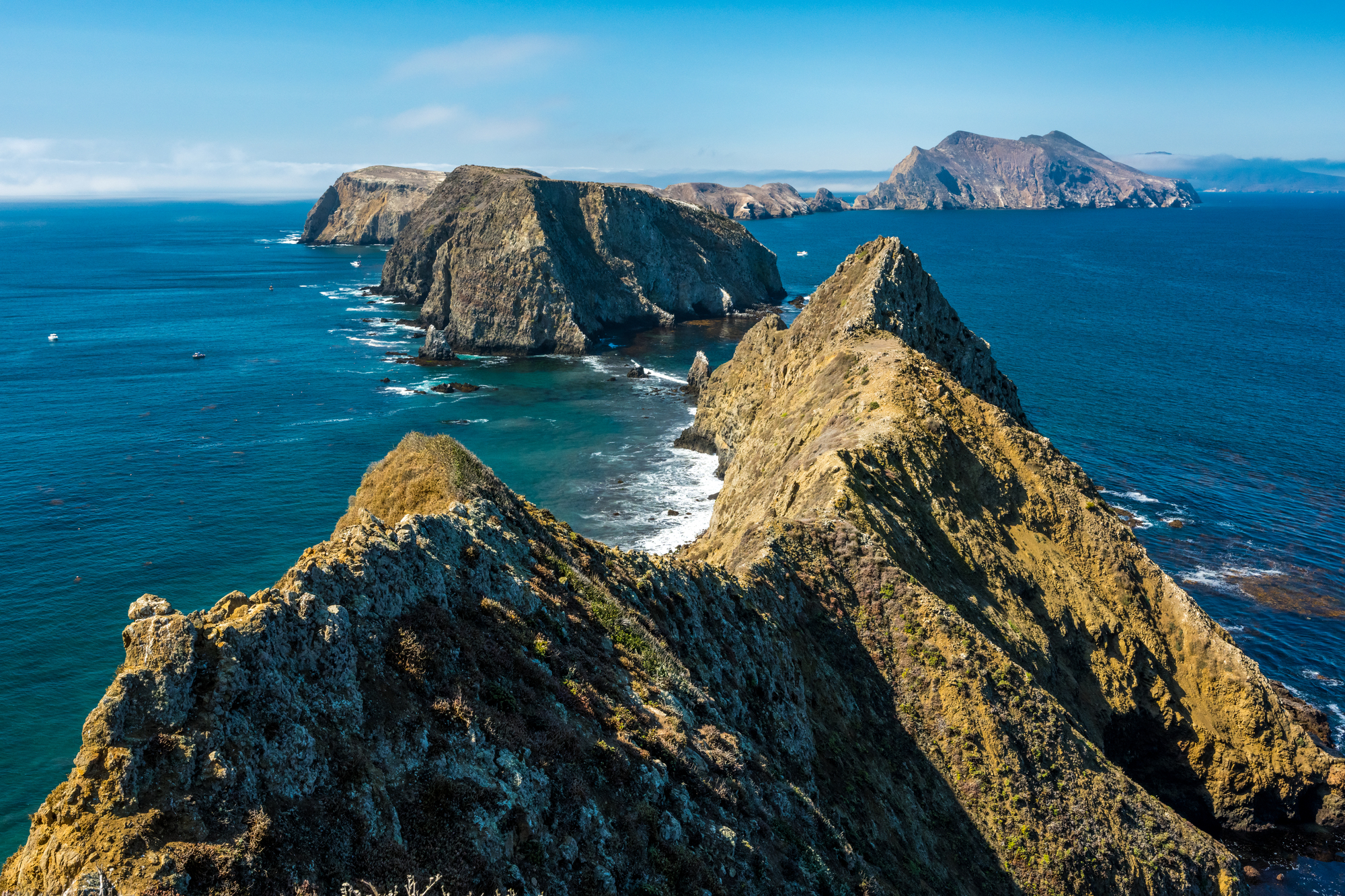
Just off the busy Southern California coast lie five remarkably undeveloped islands that feel worlds away from mainland noise. The hour-long boat journey serves as a transition zone, with each mile decreasing the sounds of civilization.
The islands feature no services, stores, or lodging—just raw coastal wilderness where the ambience consists of ocean breezes, seabird colonies, and sea lions barking along remote shores. With limited daily visitors, finding a completely private cove or overlook requires minimal effort.
Gila Wilderness, New Mexico
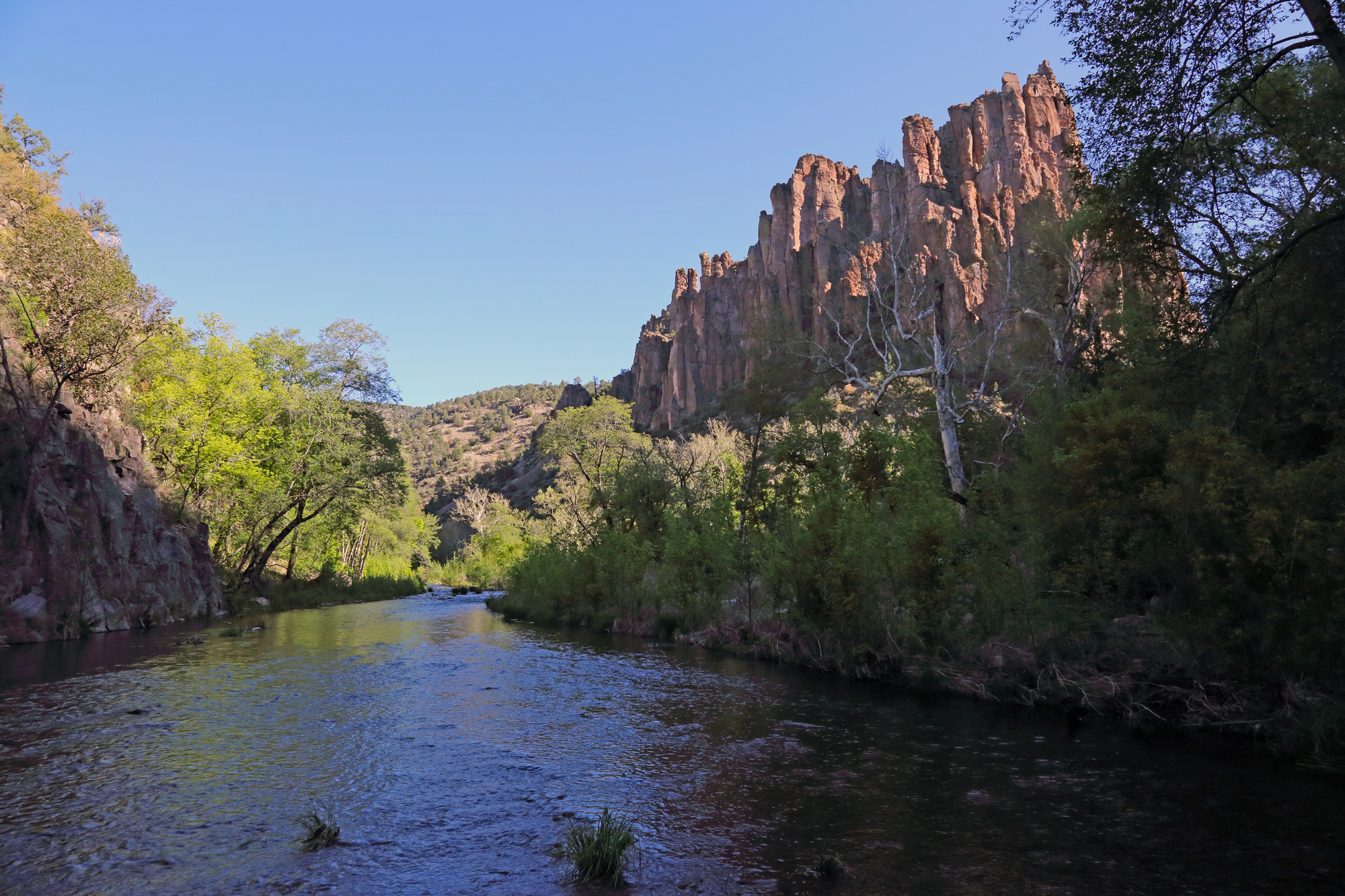
America’s first designated wilderness area remains one of its most silent. This rugged landscape of mesas, canyons, and pine forests contains no roads and few established trails, ensuring that mechanical sounds rarely penetrate its boundaries.
Ancient cliff dwellings and hot springs are scattered throughout the wilderness, accessible only to those willing to travel by foot or horseback. The dry mountain air creates exceptional acoustic clarity where even subtle sounds—the rustle of leaves, the distant call of an elk—stand out against the background silence.
Like Travel Pug’s content? Follow us on MSN.
Voyageurs National Park, Minnesota
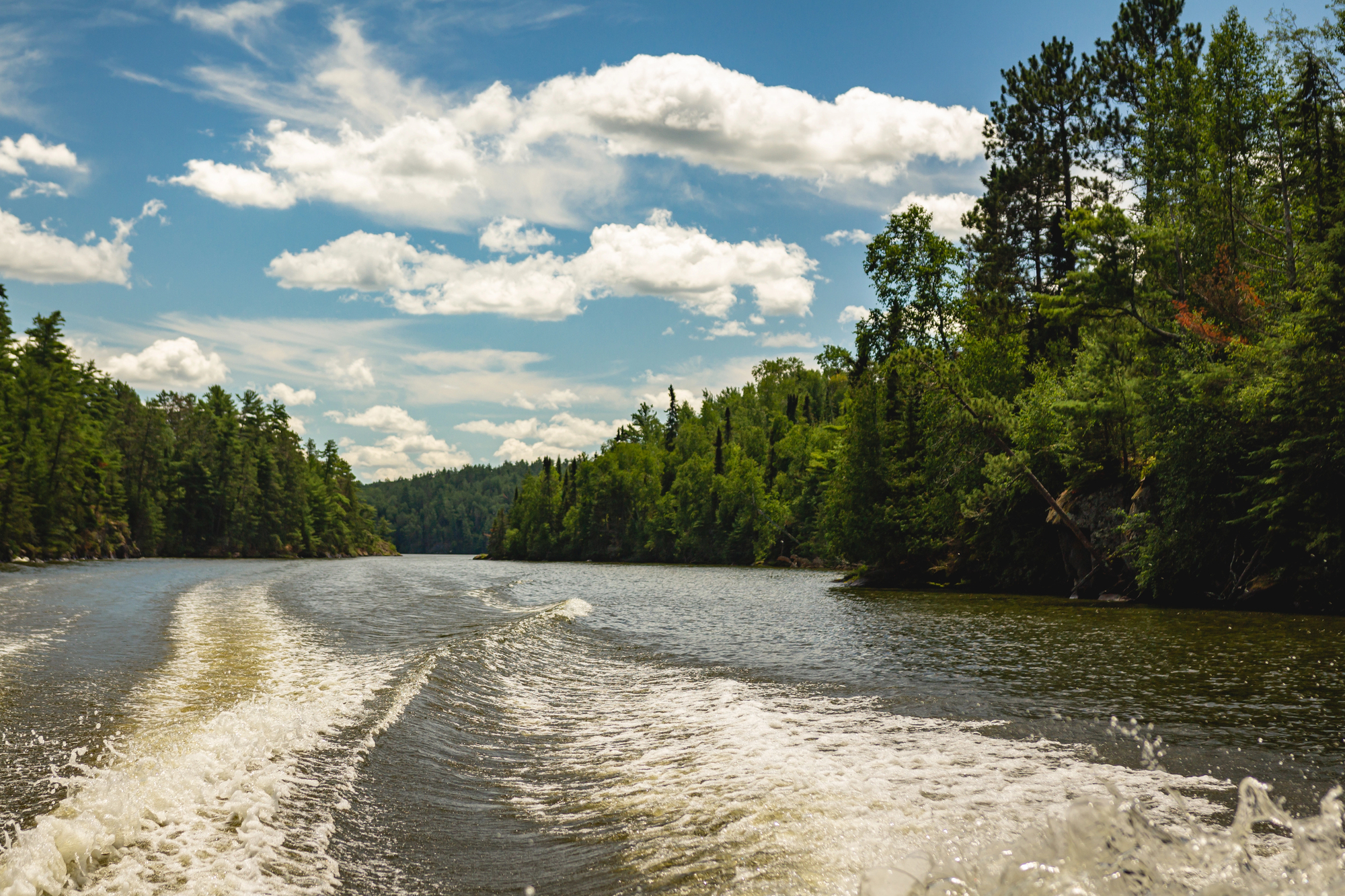
This water-based park in northern Minnesota consists of interconnected lakes and islands, many accessible only by boat. Winter transforms the landscape into a snow-muffled wonderland where sound travels differently—sometimes carried clearly across frozen lakes, sometimes absorbed completely by snow-laden pine forests.
The park’s location near the Canadian border, far from major population centers, ensures minimal light pollution and noise interference. On still mornings, the sound of a single bird call can reverberate across the water with astonishing clarity.
Kalmiopsis Wilderness, Oregon
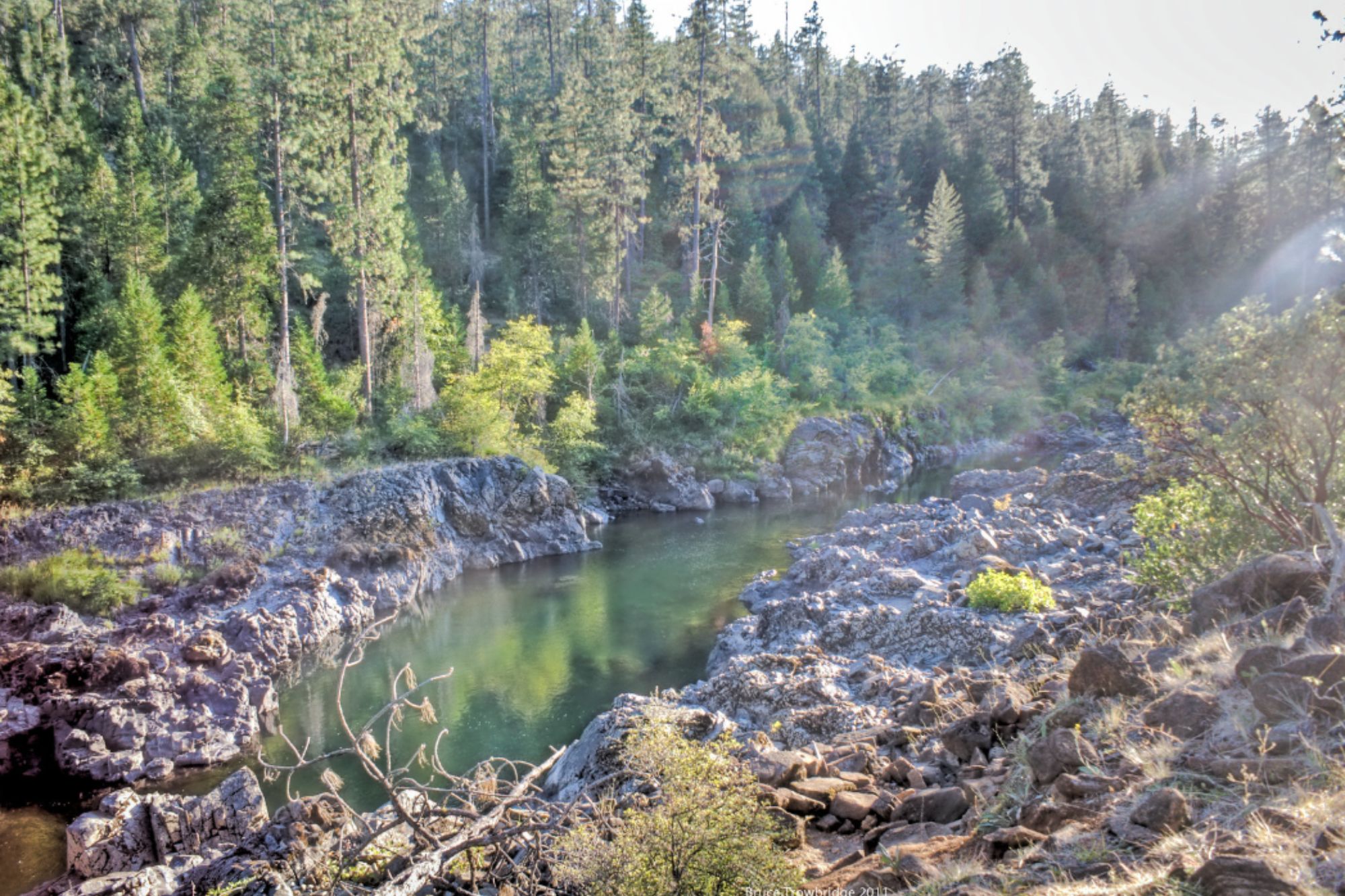
Hidden in southwestern Oregon, this rarely visited wilderness contains some of the most diverse plant communities in North America, growing among serpentine soils and ancient exposed seabed. The rugged terrain discourages casual visitors, meaning those who make the effort often find complete solitude among the twisted, weathered landscapes.
Clear mountain streams cascade through rocky gorges, creating localized sound environments that mask any distant intrusions of civilization.
Dry Tortugas National Park, Florida

Seventy miles west of Key West lie seven small islands surrounded by crystal clear waters and vibrant coral reefs. Accessible only by boat or seaplane and with no accommodations beyond primitive camping, these islands offer a rare opportunity for silence in the otherwise tourist-heavy Florida Keys.
Nights on Garden Key, with its nineteenth-century Fort Jefferson, deliver an extraordinary sensory experience—starry skies overhead and the gentle, rhythmic sounds of water against historic brick walls, with no artificial light or noise for miles in any direction.
Like Travel Pug’s content? Follow us on MSN.
Great Sand Dunes National Park, Colorado
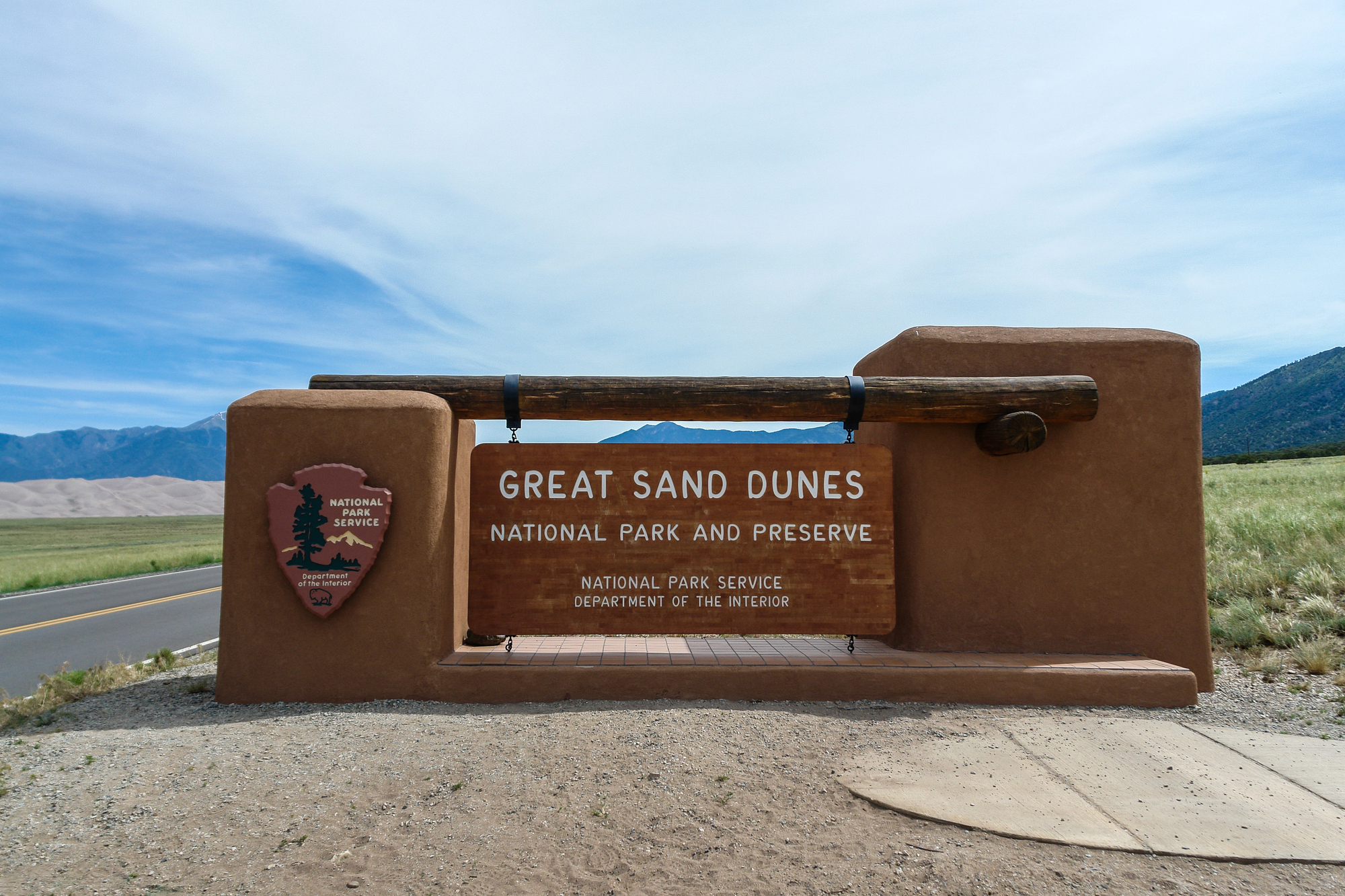
The tallest dunes in North America create a natural sound barrier, unlike any other landscape. Climbing to the higher ridges puts enough distance between visitors and the parking area that human-made sounds disappear completely.
The sand absorbs footsteps, and the dune field creates acoustic shadows where silence feels almost tangible. During less busy seasons, early mornings and evenings on the dunes offer meditation-like quiet, occasionally punctuated by the curious phenomenon of singing sands—a natural resonance created when sand grains shift against one another.
Rob Roy Reservoir, Wyoming
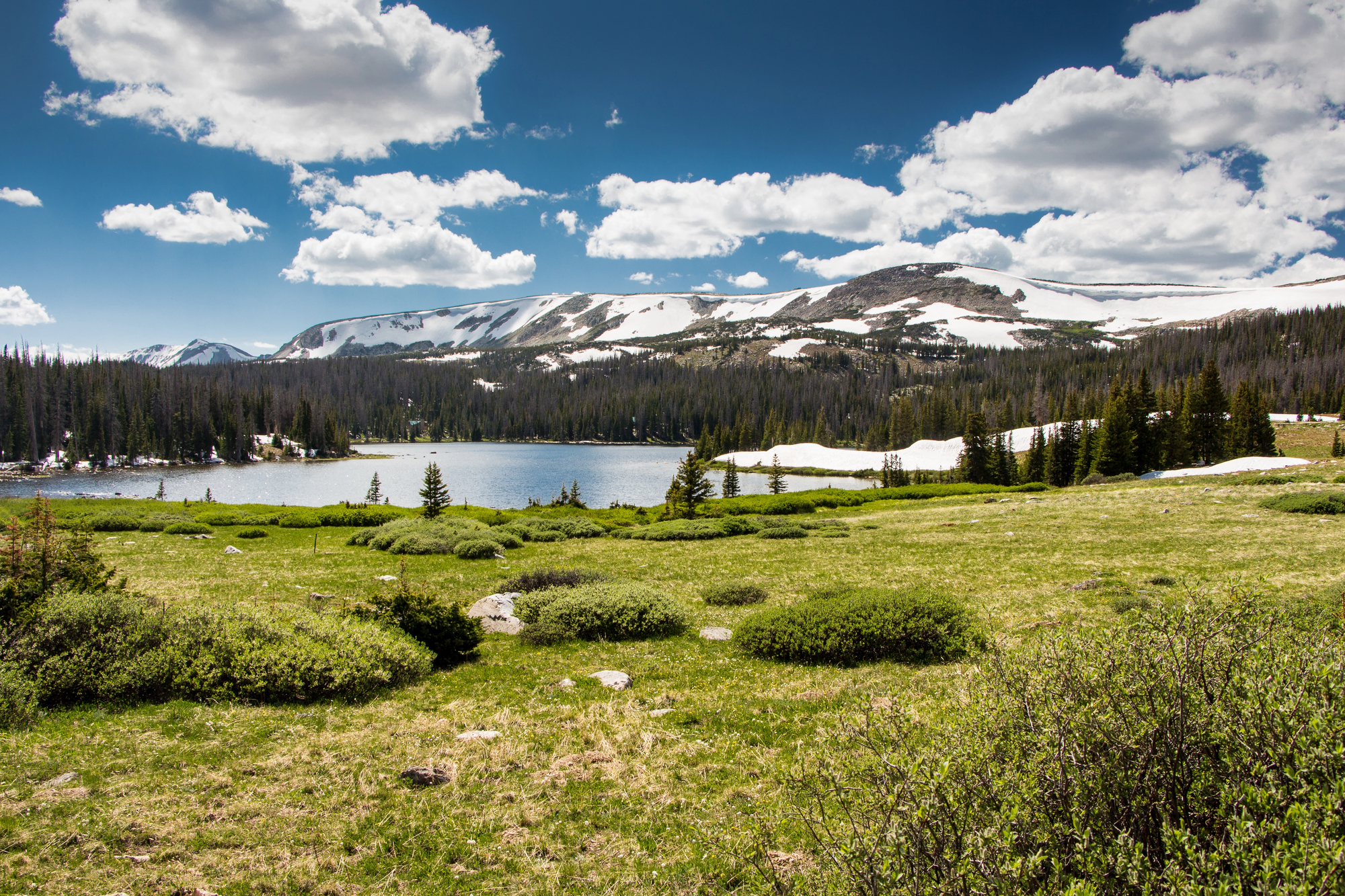
This small alpine lake in the Medicine Bow National Forest remains overlooked by tourists heading to more famous Wyoming destinations. Accessible by a moderate forest road that discourages large RVs and tour buses, the reservoir sits in a natural bowl surrounded by mountains and evergreen forests.
With no services or facilities beyond basic campgrounds, the area attracts visitors specifically seeking quiet. Dawn breaks with extraordinary stillness, the mirror-like water reflecting mountains and sky in perfect symmetry, creating a visual equivalent to the acoustic peace.
The Profound Value of Quiet Places
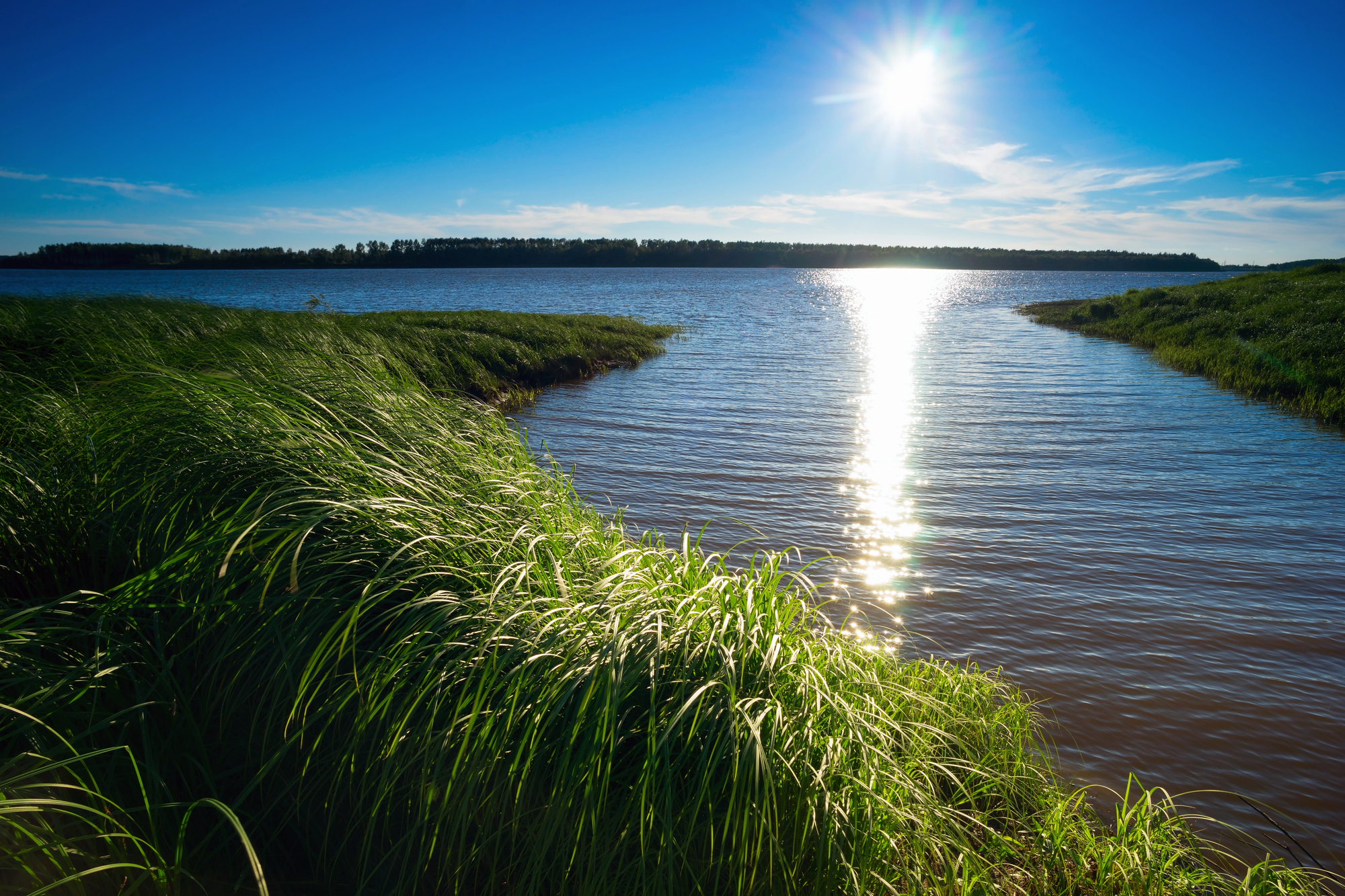
These havens of tranquility represent increasingly endangered environments in our noise-saturated world. Their preservation matters not just for ecological reasons but for human wellbeing—offering essential opportunities to reset our overstimulated nervous systems.
The experience of genuine quiet creates space for deeper thinking, enhanced creativity, and reconnection with our inner voice. As these places become rarer, their value only increases, reminding us that silence isn’t empty—it’s full of everything we need to hear most clearly.
More from Travel Pug

- Cities Growing so Fast You Won’t Recognize Them in 10 Years
- 13 Destinations Where Tourists Regularly Regret Their Trip
- 20 Obscure WWII Sites Even History Buffs Don’t Know About
- 10 Under-the-Radar Mountain Towns That Are Both Affordable and Beautiful
- Remote Villages in Europe Where You Can Live for Free in Exchange for Work
Like Travel Pug’s content? Follow us on MSN.
